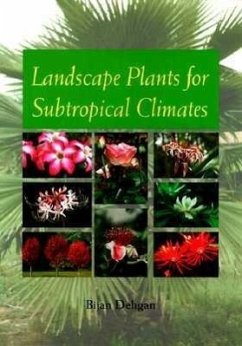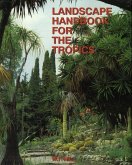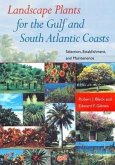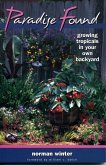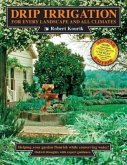From Florida to California anti on to Hawaii, gardeners who want a current, thorough, and user-friendly guide to the common indoor foliage and outdoor landscape plants for U.S. Department of Agriculture zones 8, 9, 10, and 11 will welcome this fully illustrated book. With precise line drawings for nearly 500 plant species, the work presents a description of cultivated ferns, cone-bearing plants, and flowering ornamental plants for warmer climates. It offers a description of the families, essential identifying features, and horticultural information for each plant, including origin, cold hardiness zones, propagation techniques, and soil, fertilizer, irrigation, and light requirements. The author also discusses identification features under clearly demarcated headings of growth habit, foliage, stem and bark, flower, and fruit. With a comprehensive glossary of terms commonly used in plant identification and a cross-referenced index of common and scientific names, readers will be able to find information with minimal effort. This book is intended for use by backyard gardeners and will be especially handy for newcomers to warm temperate and subtropical areas who seek a reliable resource for plant selection and care. In addition, it will be indispensable to garden clubs, volunteer Master Gardeners, nursery professionals, extension agents, and landscape architects. It also can serve as a plant identification text for students of environmental horticulture, forestry, and other plant science-related fields.

